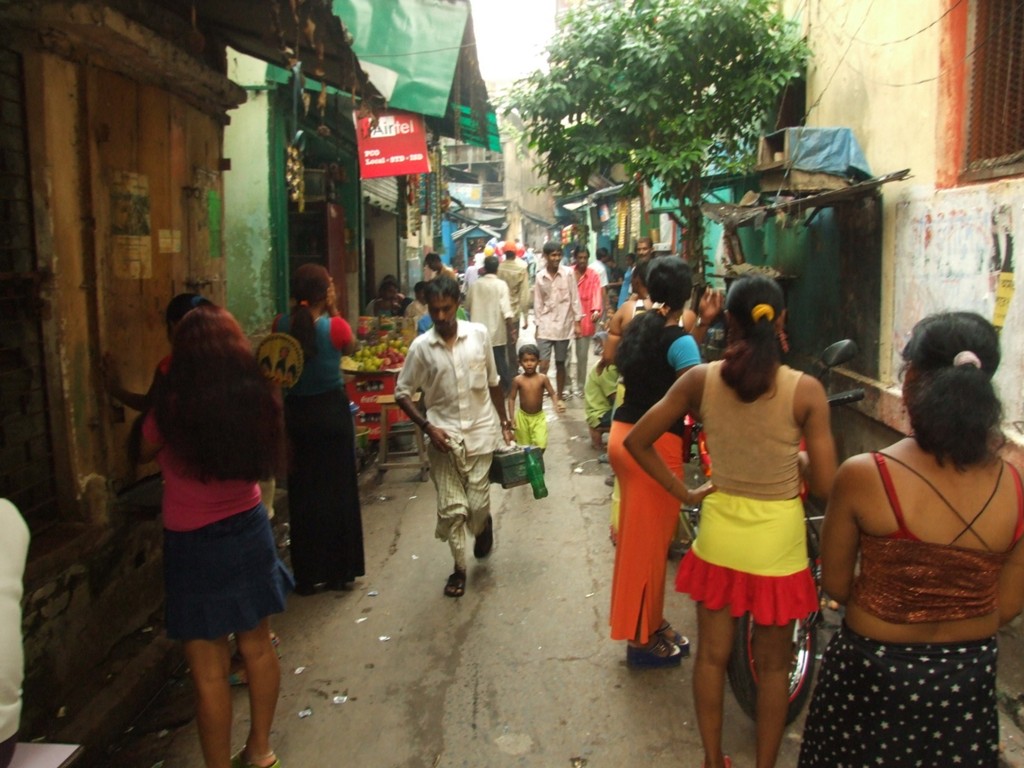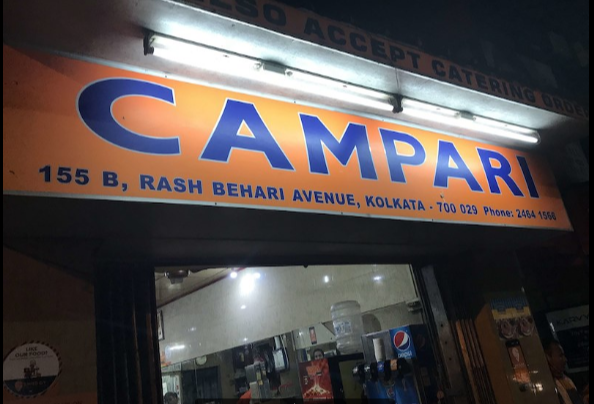Just like his name, Satyajit Ray’s movies were considered to be cult and way ahead of time.
One of the world’s greatest directors, Satyajit Ray was born on May 2, 1921, in the state of Kolkata. He was from a family prominent in the world of arts and literature. Regarded as one of the greatest auteurs of the 20th-century cinema, Satyajit Ray had a global fan following.
Being India’s first and only Oscar-winning director, Ray started his career as a graphic artist before heading to London to realize his passion for filmmaking. He directed 36 films, including feature films, documentaries, and telly films.
His first film, Pather Panchali (1955), won eleven international prizes, including Best Human Documentary at the Cannes Film Festival and an honorary Academy Award in 1992. Ray was also honored with the Bharat Ratna in 1992 by the Government of India.
Ray is best known for his cult films Pather Panchali, Nayaka, Aranyer Din Ratri, Seemabaddhaa, Charulata, and the Feluda series.
His way of storytelling had a lot to do with emotions and humanity. His craft always showed India in a different light. He was the only Indian to receive an honorary Academy Award. He strongly believed – “The best technique is the one that’s not noticeable”.
The noble prize winner also composed the score for his movies, wrote, designed (artwork, costumes), directed, painted and was also contemporary in Bengali literature. He was described as “undoubtedly a giant in the film world” by Henri Cartier Bresson and one of “the four greats” by Martin Scorsese. Yet, he is still unknown to many.
People in Hollywood were inspired by Satyajit Ray’s work and also believe that he was destined for Hollywood.
One of the directors whom we respect for his classic “The Godfather”, Francis Ford Coppola series recalled a conversation with Ray after the first installment was out.
“Whenever someone speaks from Kolkata, I remember Satyajit Ray’s call, praising me for ‘Godfather I’. He complimented me particularly for my discovery, Al Pacino, whom he considered the best actor of the 1970s. According to him, Marlon Brando was untouchable in ‘Godfather’. We know of Indian cinema through Ray’s works and, to me, his best is ‘Devi’, a cinematic milestone.”
He might have died in 1992 but his work is still in the hearts of millions and it has been rightly said,
“There are only a few people on this earth who never leaves us,
As their work will be remembered till eternity”
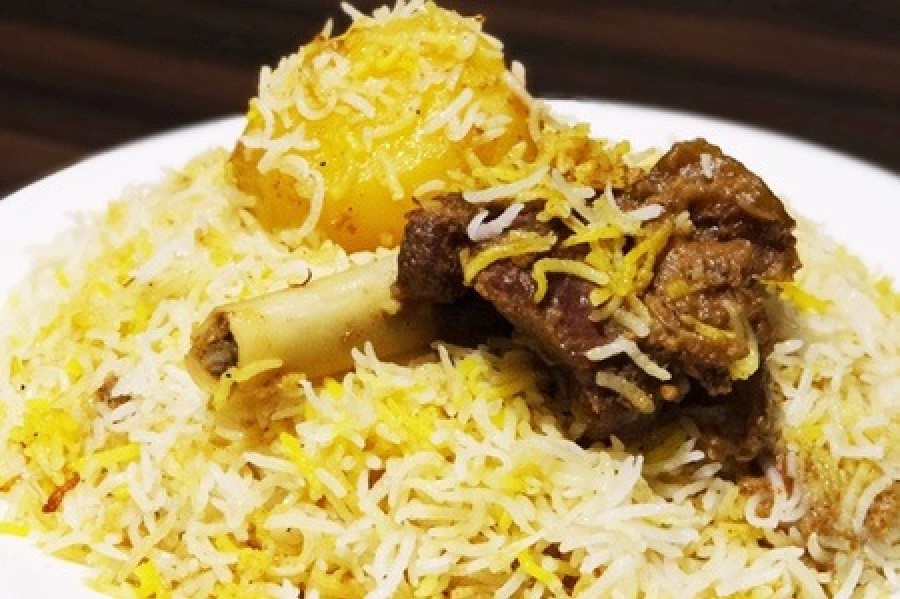
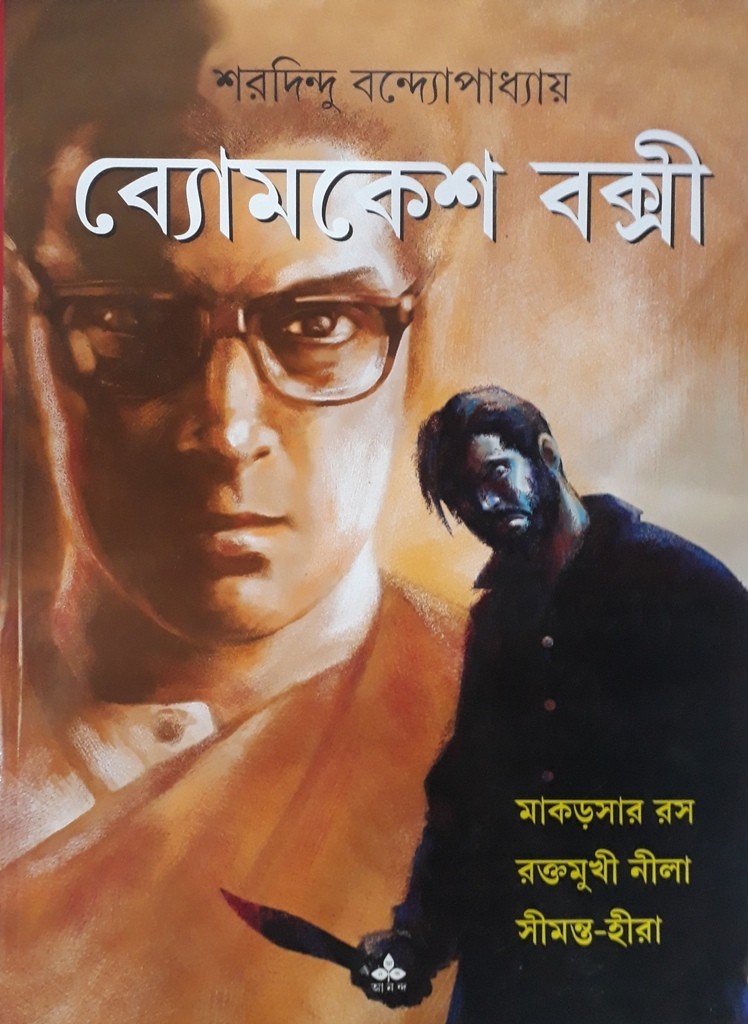

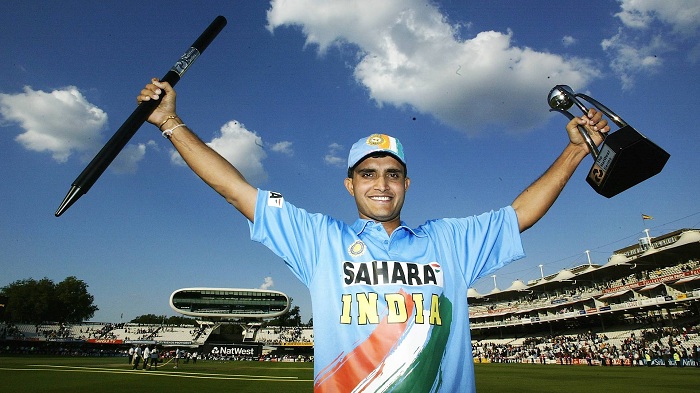







 Trams are an innate piece of the way of life and history of Kolkata. In spite of the fact that they are currently less in number, they are still a long way from being wiped out. A trek to Kolkata does not appear to be finished without a cable car vehicle ride over the city. Till today, this is the only Trams framework in India, and perhaps the just a one of its kind in Asia.
Trams are an innate piece of the way of life and history of Kolkata. In spite of the fact that they are currently less in number, they are still a long way from being wiped out. A trek to Kolkata does not appear to be finished without a cable car vehicle ride over the city. Till today, this is the only Trams framework in India, and perhaps the just a one of its kind in Asia. The road ahead is by all accounts clear for the cable cars: They are staying put for some more years. They are as yet utilized day by day by committed workers, and their ecologically amicable nature makes them significantly additionally engaging. For the individuals who travel to Kolkata as a traveler, a ride on one of the cable cars is an absolute necessity.
The road ahead is by all accounts clear for the cable cars: They are staying put for some more years. They are as yet utilized day by day by committed workers, and their ecologically amicable nature makes them significantly additionally engaging. For the individuals who travel to Kolkata as a traveler, a ride on one of the cable cars is an absolute necessity.